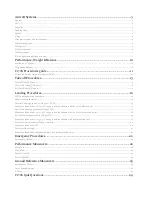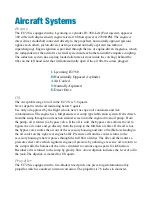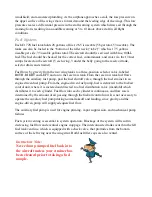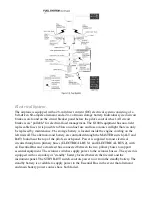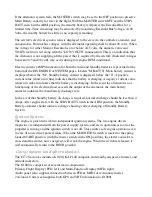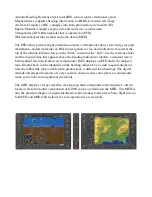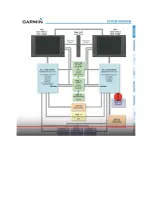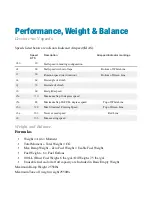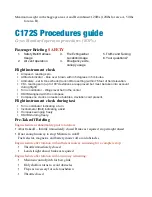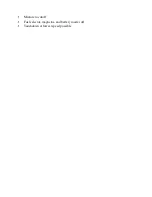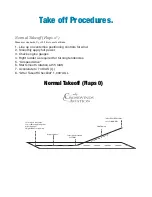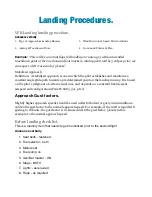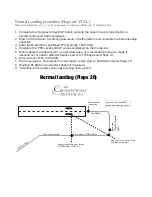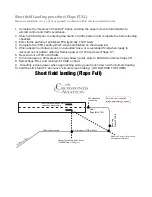
Landing Gear
The C172S is equipped with fixed tricycle type landing gear. The main gear is mounted to
tubalar spring struts mounted to the fuselage below the wings. The nose wheel consists of an
air oil type strut and is steerable with linkage to the rudder pedals.
Brakes
T
he airplane has a single-disc, hydraulically actuated brake on each main landing gear wheel.
Each brake is connected, by a hydraulic line, to a master cylinder attached to each of the
pilot's rudder pedals. The brakes are operated by applying pressure to the top of either the left
(pilot's) or right (copilot's) set of rudder pedals, which are interconnected. When the airplane
is parked, both main wheel brakes may be set by utilizing the parking brake which is operated
by a handle under the left side of the instrument panel. To apply the parking brake, set the
brakes with the rudder pedals, pull the handle aft, and rotate it 90° down.
Flaps
The single-slot type wing flaps, are extended or retracted by positioning the wing flap switch
lever on the instrument panel to the desired flap deflection position. The switch lever is moved
up or down in a slotted panel that provides mechanical stops at the 10°, 20° and 30° positions.
To change flap setting, the flap lever is moved to the right to clear mechanical stops at the 10°
and 20° positions. A scale and pointer to the left of the flap switch indicates flap travel in
degrees. The wing flap system circuit is protected by a 10- ampere circuit breaker, labeled
FLAP, on the left side of the control panel.
Pitot static system and instruments.
The pitot-static system uses a heated total pressure (pitot) head mounted on the lower surface
of the left wing, external static ports mounted on the left side of the forward fuselage and
associated plumbing to connect the GDC 74A Air Data Computer and the conventional pitot-
static instruments to the sources. The heated pitot system uses an electrical heating element
built in the body of the pitot head. The PITOT HEAT control switch is found on the switch
panel below the lower LH corner of the PFD. The PITOT HEAT circuit breaker (10 A) is
found on the circuit breaker panel at the lower LH side of the pilot panel. A static pressure
alternate source valve (ALT STATIC AIR) is located next to the throttle control. The ALT
STATIC AIR valve provides static pressure from inside the cabin if the external static pressure
source becomes blocked. If erroneous instrument readings are suspected due to water or ice in
the pressure line going to the standard external static pressure source, the alternate static
source valve should be pulled on. Pressures within the cabin will vary with open heaters/vents
and windows.
Stall warning horn.
The airplane is equipped with a pneumatic type stall warning system consisting of an inlet in
the leading edge of the left wing, an air-operated horn near the upper left corner of the
Summary of Contents for C172S Nav III
Page 1: ...C172S Nav III Training Manual Crosswinds Aviation 1st Edition...
Page 9: ......
Page 28: ......
Page 31: ...B False...


